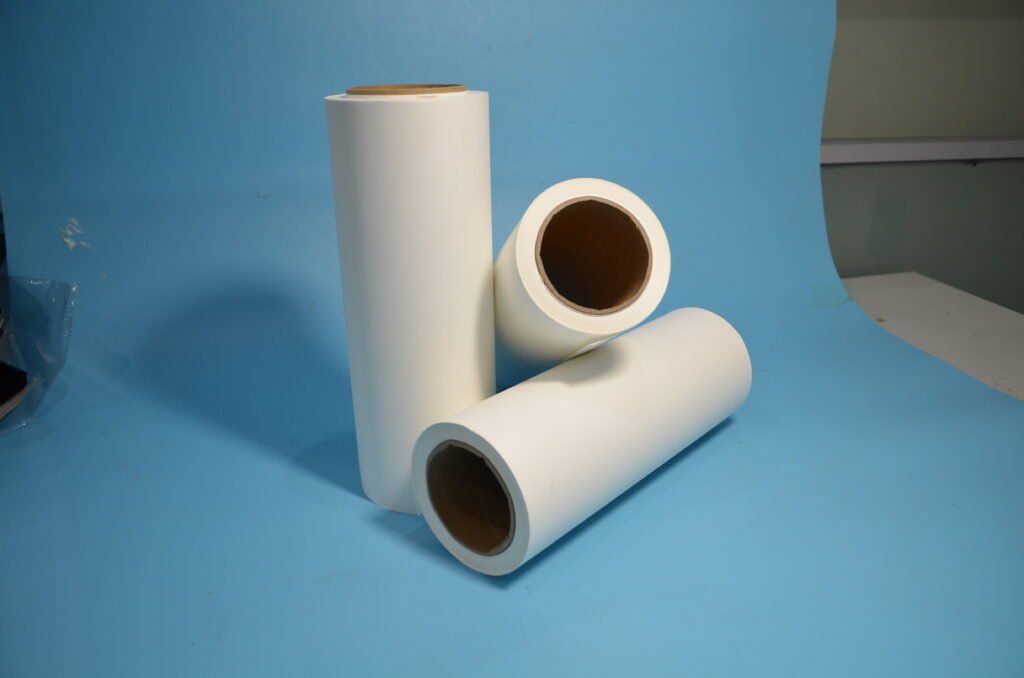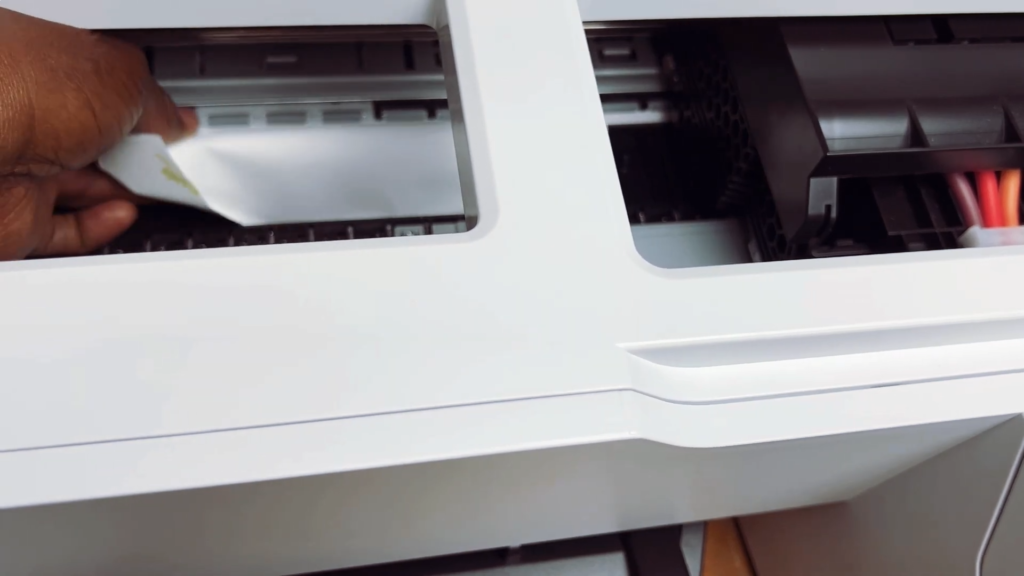Understanding Sublimation Paper Composition and Varieties
At the heart of sublimation paper is a unique absorbent layer that captures the sublimation ink during the heat transfer process. This layer is important because it ensures that the ink stays in place until it is fully transferred to the substrate.
Sublimation paper is not one-size-fits-all; it comes in different formulations to suit different substrates. For example, certain types are suitable for fabric printing, while others are better suited to ceramics, metals and even hard surfaces. Choosing the right paper for your project is critical to maximizing print quality and durability.

The Key Benefits of Using Sublimation Paper
Sublimation printing offers several advantages that set it apart from traditional printing methods:
- Vibrant and Durable Colors: The sublimation process allows dye to bond permanently with the material, resulting in images that boast brilliant colors and resist fading, cracking, or peeling over time.
- Versatility Across Materials: Whether you’re printing on polyester fabrics, ceramics, or metals, sublimation paper adapts well to various surfaces, unlocking endless creative opportunities for custom products.
- Exceptional Image Quality: Fine details and smooth color gradients are reproduced with high precision. This makes sublimation paper an excellent choice for artwork, photography, and any application where clarity and color fidelity are paramount.
- Long-Lasting Prints: The durability of prints is enhanced through the sublimation process. Even after repeated use, washing, or exposure to environmental factors, the images maintain their quality.
Diverse Applications of Sublimation Printing
The versatility of sublimation paper opens up numerous avenues for creative and commercial use:
- Apparel: Designers use sublimation paper to create eye-catching garments. From bold t-shirt prints to intricately patterned dresses, this technique is particularly effective on specific fabrics.
- Personalized Gifts and Home Décor: Whether it’s a customized mug, a unique cushion cover, or a personalized keychain, sublimation printing allows you to turn everyday items into personalized keepsakes.
- Promotional Items: Businesses utilize sublimation printing to produce high quality promotional items. Stationery, banners and other branded merchandise benefit from precise, vibrant reproduction of logos and designs.
- Artwork: Artwork printing can use this paper because it delivers high-definition, color-accurate prints that faithfully capture the essence of the original.




Troubleshooting Common Issues in Sublimation Printing
Even with the best equipment and materials, issues can arise. Here are some tips to address common challenges:
Ink Bleeding or Smudging
Double-check that you’re using a compatible combination of sublimation paper and ink. Fine-tune your heat press settings—temperature, pressure, and time—to ensure proper ink transfer. Inspect the paper for any defects that might lead to bleeding.
Paper Jams and Misalignment
Always follow your printer’s loading guidelines. Make sure the paper is free from curls or creases, and keep the printer’s tray clean to avoid jams and alignment issues.

Achieving Accurate Color Transfer
Use the appropriate color profiles and regularly calibrate both your printer and monitor. Adjust your heat press settings as needed to ensure the colors transfer accurately and consistently.
Best Practices for Sublimation Paper Maintenance
Proper storage and handling are essential to maintain sublimation paper quality:
- Store in a Controlled Environment: Keep your paper in a cool, dry place, away from direct sunlight. Using the original packaging or an airtight container helps protect it from moisture and environmental damage.
- Handle with Care: Always work with clean, dry hands to prevent oils or dirt from affecting the paper’s surface. Avoid bending or creasing the paper, as physical damage can impact print results.
- Regular Equipment Maintenance: Keep your sublimation printer and heat press clean and well-maintained. Regular cleaning prevents debris buildup that might interfere with the printing process, ensuring consistent performance over time.
Conclusion
Understanding the components, benefits, and maintenance of sublimation paper is crucial for anyone looking to realize the full potential of dye sublimation printing. Choosing the right sublimation paper and following practices will ensure vibrant, durable prints.









